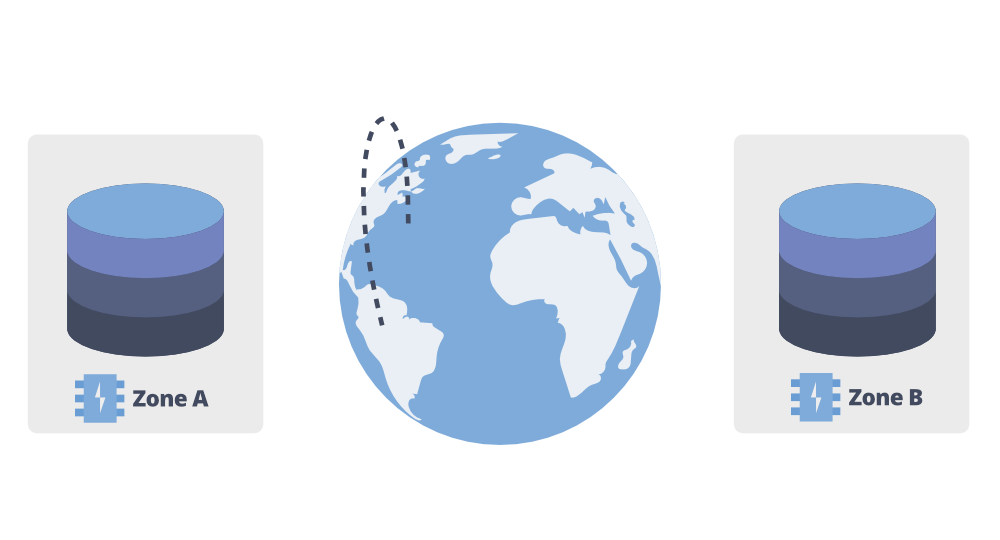Google Cloud Platform - MemoryStore
Last Updated : 26 Nov, 2020
Memorystore is GCP's service that helps to build blazingly fast applications. Memorystore is a Fully manages in-memory service. It can automate complex tasks simultaneously providing top-notch security by integrating IAM protocols without increasing application latency.
 Fully managed structure of Memorystore
Fully managed structure of MemorystoreFeatures of Memorystore
The following are the principal feature of GCP's Memorystore:
- Provisioning: It handles the complex task of provisioning an entire hybrid system.
- Replication: It also automates the tedious task of replication.
- Fail-over: It handles Code and Conditional fail-overs.
- Patching: It supports patching of the existing application.
This helps the developers to spend more time coding rather on the logistics of the system.
It comes in various sizes to fit our business needs and integrates seamlessly to our applications, including the operation sweep making it easier to monitor our instances. it also supports an import-export system so we can easily migrate your instance without any code changes.
Setting up a Memorystore
Follow the below steps to set up a Memorystore using the cloud console.
Step 1: Login to your Google cloud account and open up the cloud console.
Step 2: Now navigate to the Memorystore tab and choose the Tier, Zone, and region as shown below:

Step 3: Now Ste the capacity for the MemoryStore as per your need as shown below:

Note: This can also be done using the GCloud Command-Line or through the APIs and client libraries.
Once created you can easily scale instances as needed with minimal impact on the application availability created. Standard high availability instances are replicated all across the zones so you do not have to do it manually.

The data in the MemoryStore are protected from the internet using VPC networks and Private IDs (PI).
 Securing Data in MemoryStore
Securing Data in MemoryStore For all the reasons discussed earlier MemoryStore is a perfect choice for caching, session management, gaming, stream processing, and more. This helps create a blazing fast application at a low cost.
Similar Reads
Why Google Cloud Platform? Pre-requisite: GCP Google Cloud Platform(GCP) is a collection of calculating services that run on the same structure that Google uses internally for its end-stoner products, similar to Google Search and YouTube. GCP offers a wide range of services, including storehouse, networking, big data, machine
4 min read
Introduction to Google Cloud Platform Google Cloud Platform (GCP) is an initiative by Google to provide cloud computing services to customers. These services run on the same infrastructure and platform on which Google services such as Gmail, YouTube, etc run. GCP was launched on April 7, 2008, and the complete set of services and the pl
5 min read
Google Cloud Platform - Filestore GCP's Filestore is a managed file storage service for applications that require a file system interface and a shared file system for data. It gives the user a native experience for standing up managed network detached storage with their VM in the compute engine and Google Kubernetes Engine. It offer
3 min read
Google Cloud Platform - Using the Kubernetes API In this article, we will look at the Kubernetes API and how it makes modeling the application lifecycle easier. Let's go over the concepts that make Kubernetes usable, scalable, and just downright awesome. When it comes to what scalable applications need, we've talked about containers and nodes, but
4 min read
Google Cloud Platform - GCS Buckets In this article, we will look into Buckets and why they are the Cornerstone of Google Cloud Storage(GCS) in everything you do on GCS. Before you can do anything on Google Cloud Storage, you have to create a Bucket as anything you want to store in the GCS need to be stored inside a bucket in order to
4 min read